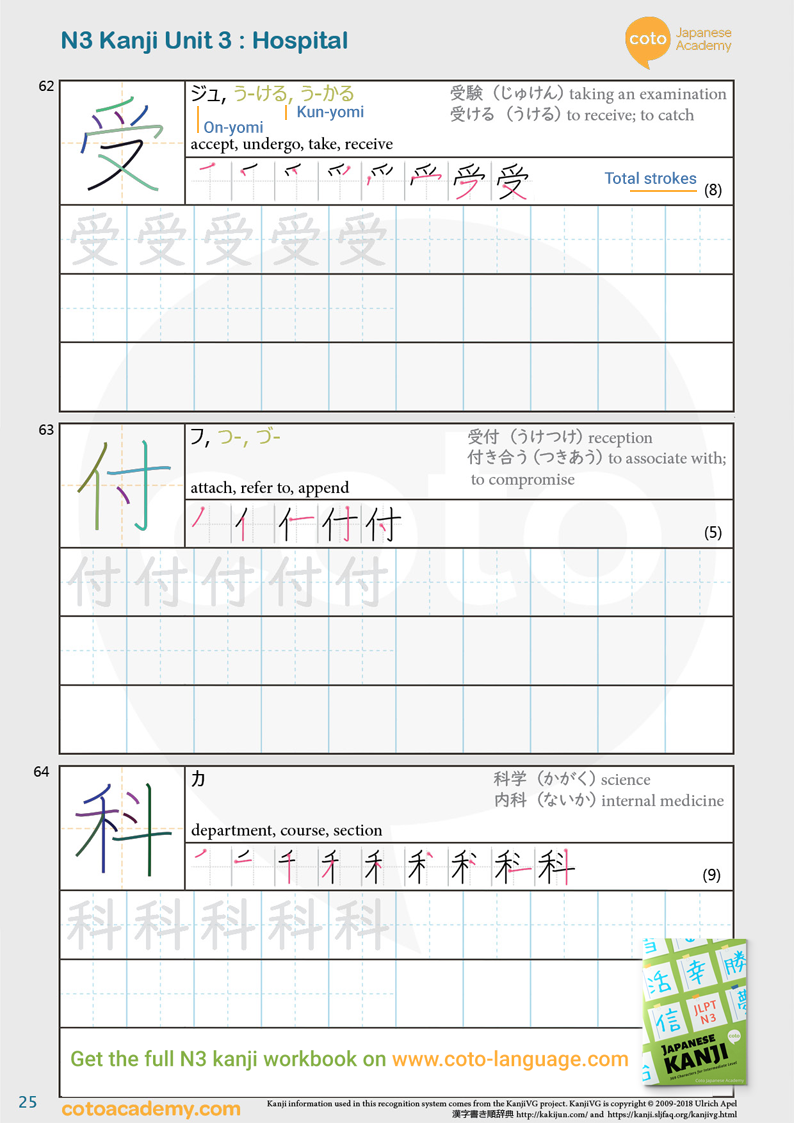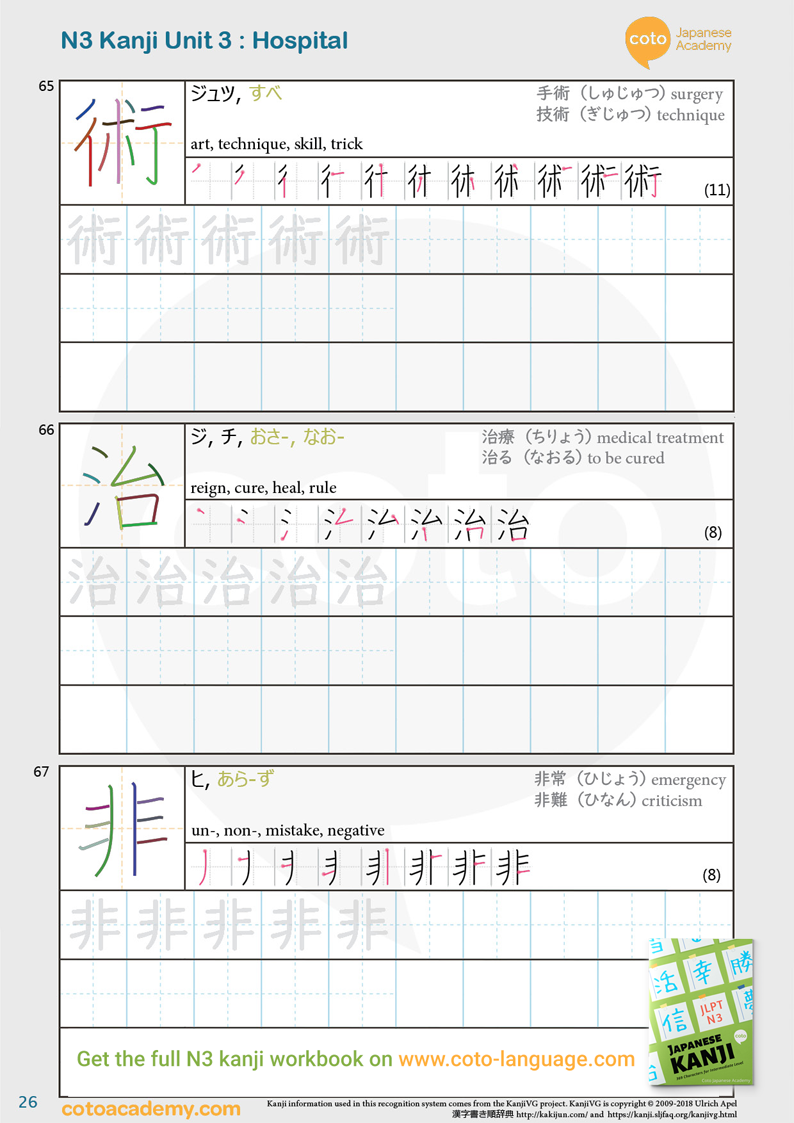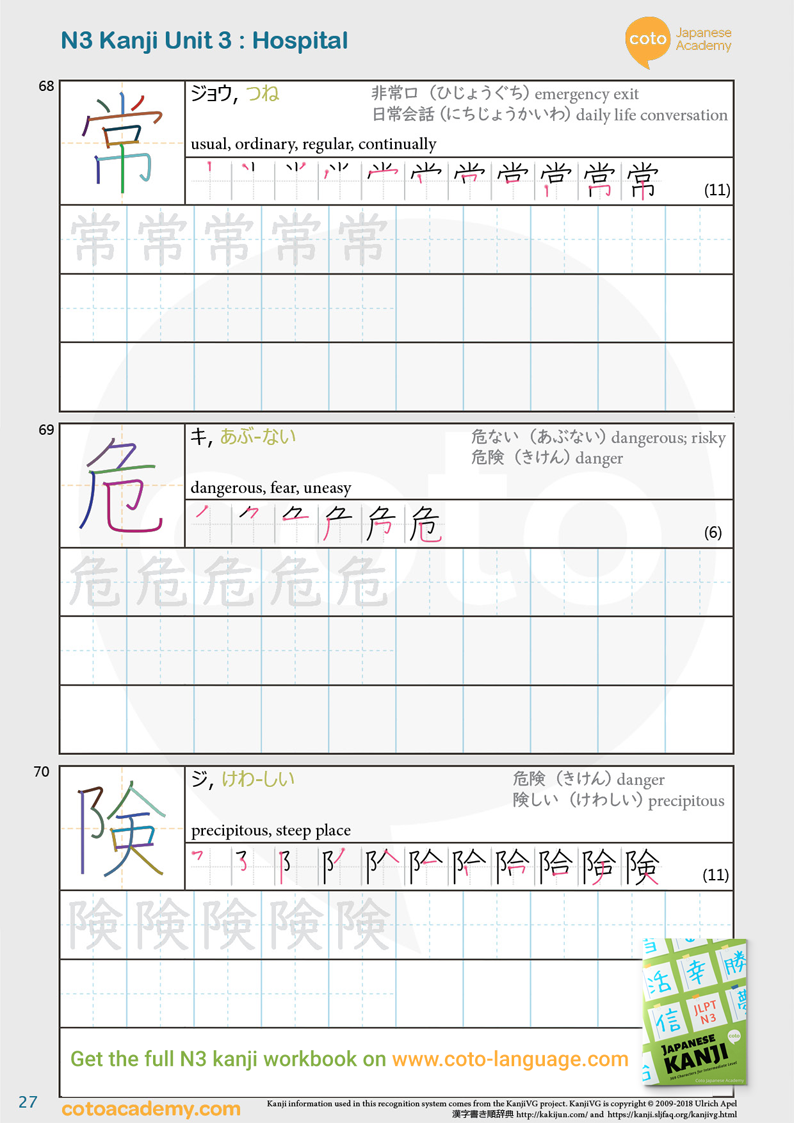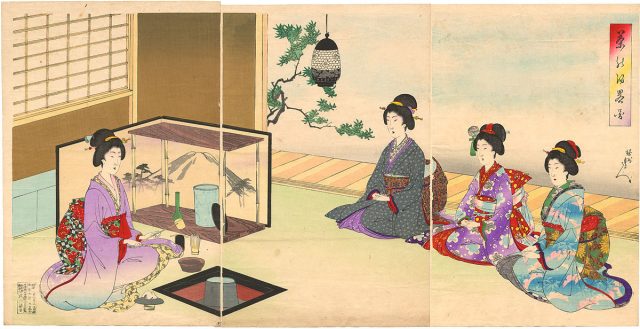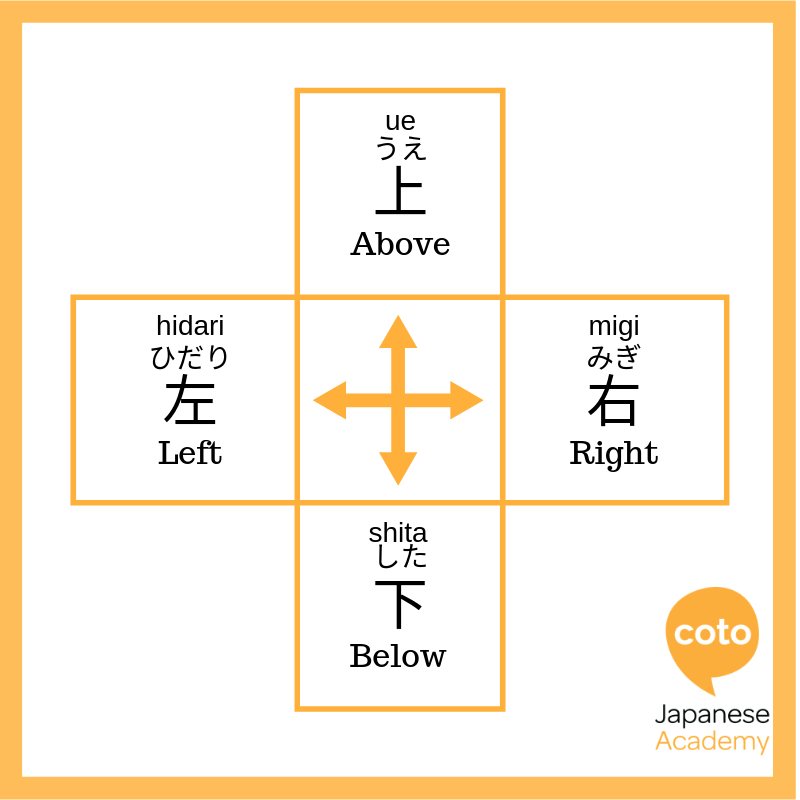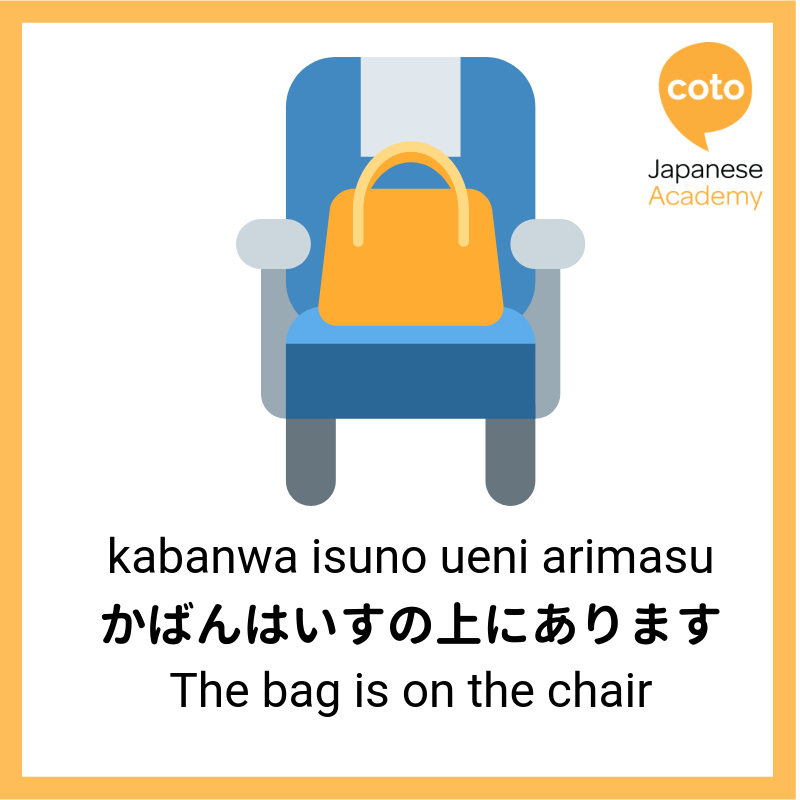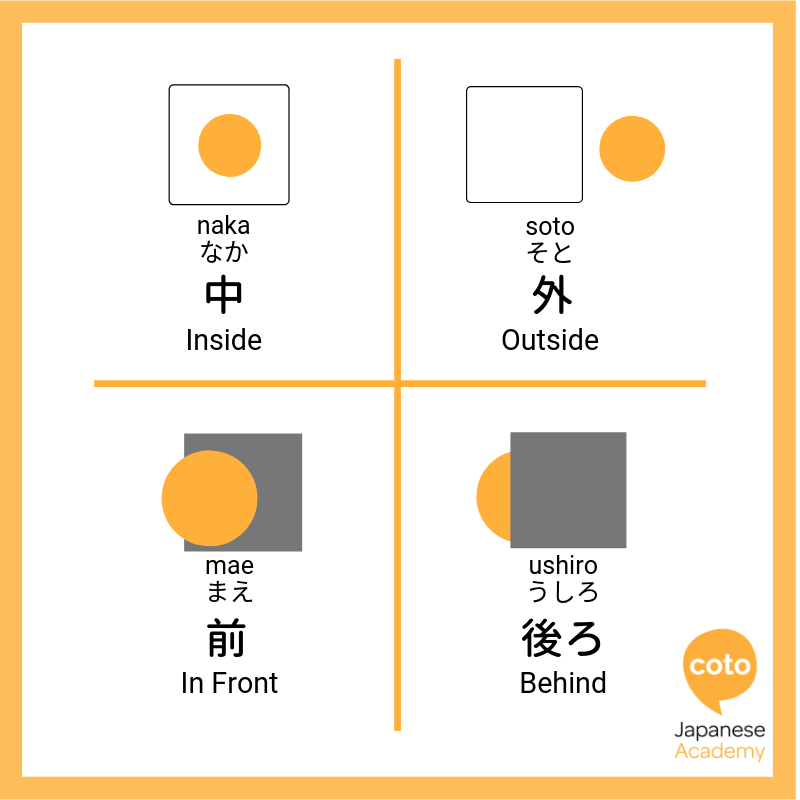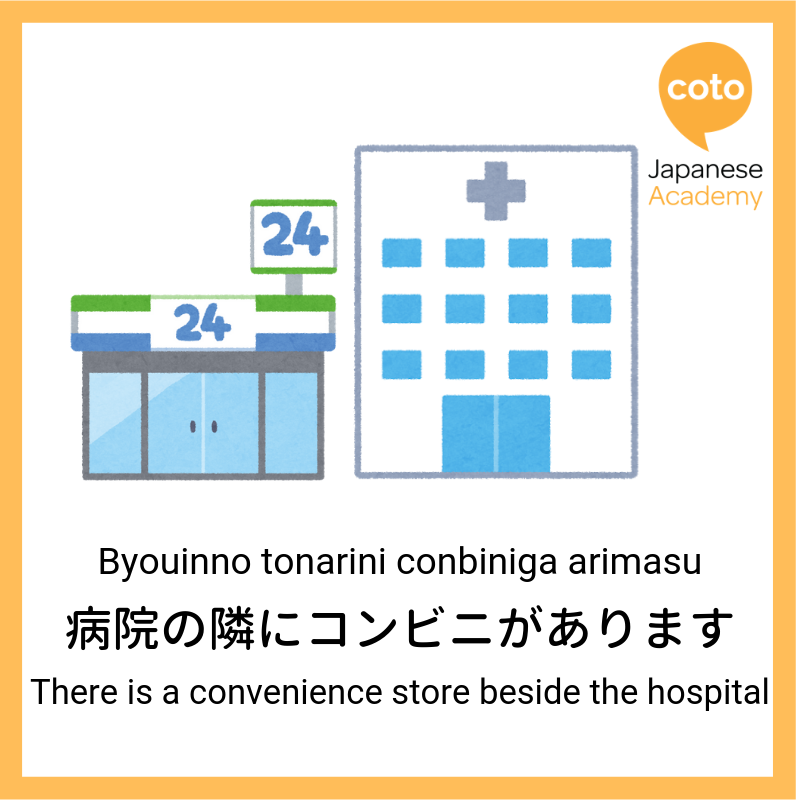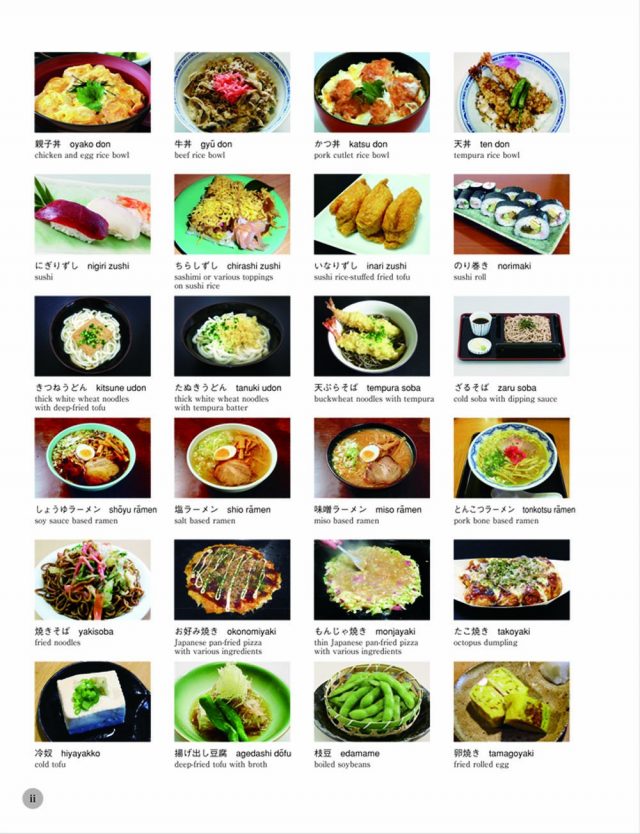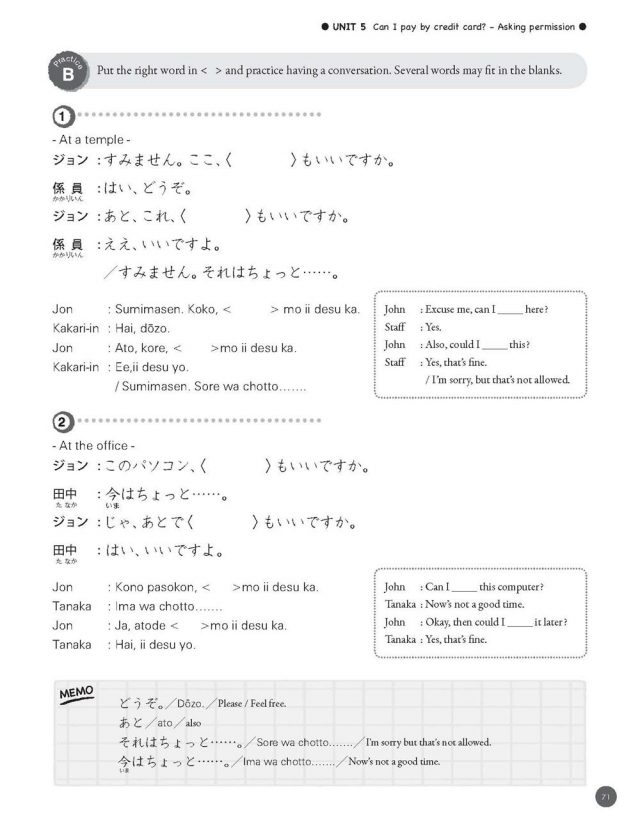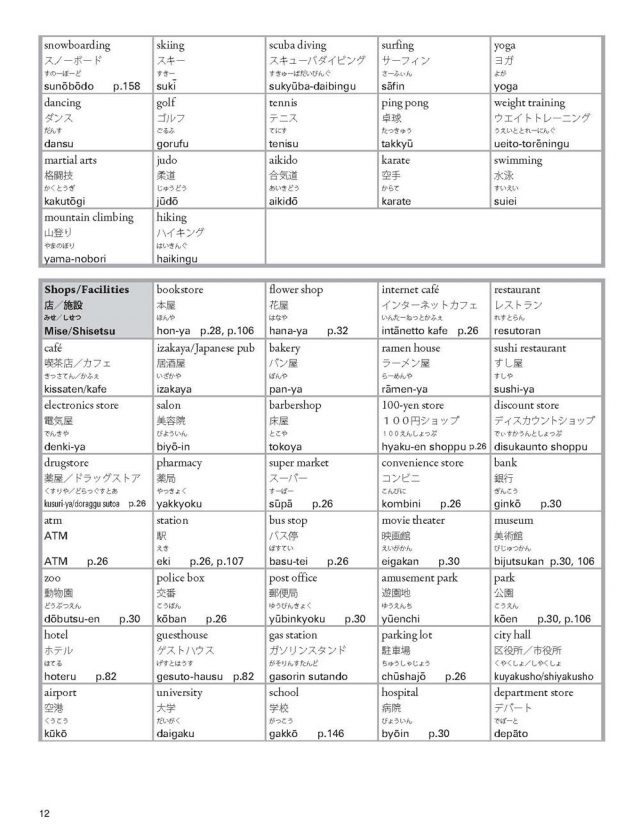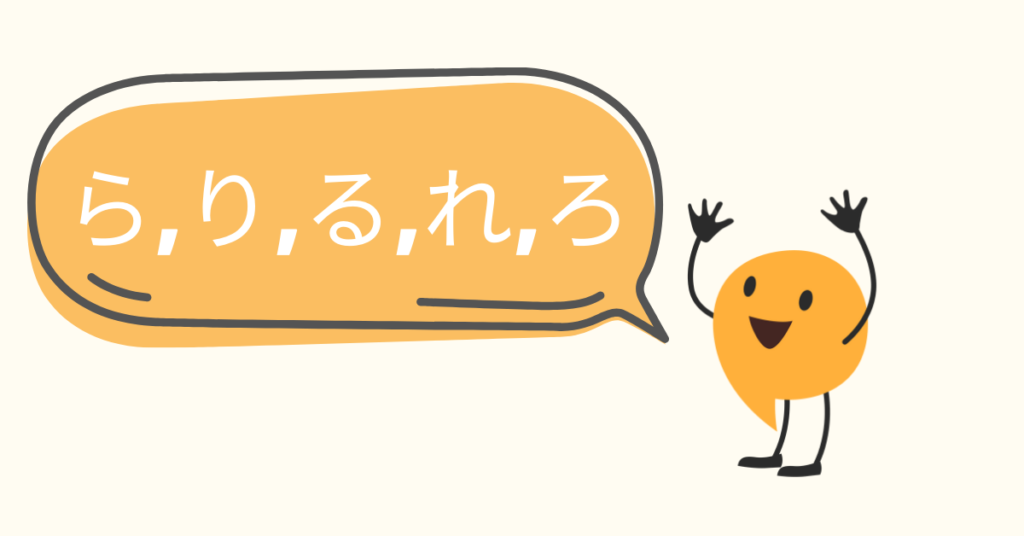外国人にとって日本語を学習することは、私たち日本人が想像する以上に大変なことです。特に漢字を習得することはとても難しく、指導するのも簡単ではありません。
外国人にとって日本語が難しいのはなぜでしょうか?
一番の理由は日本語の文字の種類の多さです。
日本語には他の外国語と違い、ひらがな・カタカナ・漢字・アルファベットの4種類の文字があります。それぞれの文字数は、ひらがな46文字、カタカナも46文字、常用漢字は2,136文字です。
ちなみに、アルファベットは46文字、韓国語は24文字、ロシア語は33文字、タイ語は42文字しかないことを知ると、日本語の難しさがより伝わると思います。
日本語の4種類の文字のなかでも、外国人にとって漢字は馴染みがない複雑な形であるうえに、一つの漢字に複数の意味や読み方があって、習得がとても難しいです。
記事では、日本語を学ぶ外国人の気持ちを理解するために、外国人にとって漢字の習得が難しい理由をお伝えします。また、どうすれば効率よく外国人が漢字を学習できるかについてもお伝えするので、ぜひ最後まで読み進めてくださいね。
外国人にとって漢字の習得が難しい理由4つ
外国人にとって、なぜ漢字の習得は難しいのでしょうか。
漢字の習得が難しい理由は主に4つあります。
- 外国人は漢字の形に馴染みがないから
- 外国人は漢字のような一語で意味のある文字に慣れていないから
- 漢字には音読み・訓読みがあるから
- 日本人は漢字を学習する前からその言葉の意味を知っているが外国人はそうではないから
それぞれ詳しく見ていきましょう。
外国人は漢字の形に馴染みがない
外国人にとって、漢字の形は馴染みがありません。
世界には196の国がありますが、漢字を日常的に使用している国は日本と中国の2カ国だけで、まじまじと漢字を見たり書いたりしたことがない外国人がほとんどだからです。
漢字を絵のように感じる外国人も多くいるようです。確かに、物の形に由来している漢字は多くあるので、そのように見えるのもわかりますよね。
私たち日本人にとってのアラビア語やロシア語と同じような存在と言えるかもしれません。
アラビア文字
いざ書こうとしても、模写するのも難しいですよね。
漢字はひらがなやカタカナ、アルファベットのようなわかりやすい形ではないため、文字として認識するのも難しく、外国人にとって習得するのは難しいことが容易に想像できます。
外国人は漢字のような一語で意味がある文字に慣れていない
外国人は、漢字のような一文字で意味がある文字に慣れていないため、漢字習得に苦労します。
アルファベットの「a」にも「b」にも「c」にも意味がないように、ほとんどの文字は1語だけでは意味を成しません。
漢字は、例えば「雲」「卵」「花」のように、1語で意味がある漢字がたくさんあります。また、「救」「探」「読」のように、一語だけでは使えない感じでも、見ればだいたいの意味がわかります。
この日本人にとって当たり前の感覚が、外国人にはないことが彼らにとって漢字の習得が難しい理由になっています。
漢字には音読み・訓読みがある
漢字の読み方の多さは、外国人にとって漢字の学習を難しくさせています。
漢字には音読みと訓読みがあるほか、使い方や組み合わせによって読み方が変わったりと、とにかく複雑です。地名などの固有名詞に至っては、日本人でも読めないことがあるほどです。
「言」を例にあげてみましょう。「伝言(でんごん)」「方言(ほうげん)」「言葉(ことば)」「言い方(いいかた)」など、さまざまな読み方があります。一つの漢字に対していくつもの読み方を覚えなければいけないので、漢字を学ぶ外国人の負担は大きいです。
常用漢字は2,136語、小学校で習う簡単な漢字だけでも1,026語もあります。外国人が漢字を使いこなすことは、本当に大変なことです。
日本人は漢字を学習する前からその言葉を知っているが外国人はそうではない
4つ目の理由は、母国語として学ぶ日本語と外国語として学ぶ日本語の難しさの違いといってもいいかもしれません。
日本人の漢字学習は、一般的に小学校1年生から始まります。つまり漢字学習をはじめる時点で、すでに日本語を話すことができ、意味や使い方をある程度マスターしているので、単に新しい漢字を覚えれば応用したり知っている日本語と結びつけることができます。
一方、外国人はもう少し複雑です。日本語をまだよく理解しきれていない状態で漢字を習うので、漢字と知っている日本語を結びつけて考えるのに苦労します。
例えば、「行く」という漢字。「いく」と「行く」は結びついても、「いきます」と「行きます」、「いってください」と「行ってください」を結びつけることは難しく感じてしまうのです。
企業によくある外国人への漢字指導の間違い
社内の日本人スタッフが外国人スタッフに独自の方法で日本語を教えている企業は多くあります。しかし、成果が出ているのか、効率よく習得できているのかというと、必ずしもそうではないようです。
冒頭でもお伝えしましたが、日本語、特に漢字を教えることはとても難しいことです。ここでは、企業のよくある外国人への漢字指導の間違いをお伝えします。
漢字がどういうものかを説明せずに指導を始める
漢字が一体どういうものなのかを説明せずに指導を始めると、効率よく漢字を学習することができません。
ほとんどの外国語は1種類しか文字がなく、漢字のような存在が理解できないからです。日本語において漢字が一体どんな存在なのかを外国人は知りません。
例えば、外国人からすると「私は教師です。」と「わたしはきょうしです。」がまさか同じ意味とは想像もつかないのです。
また、「日本」という漢字を「にほん」と読む人と「にっぽん」と読む人がいますが、この日本人にとっては当たり前な漢字のルールのようなものを、初めに伝えないと混乱します。
漢字を教える場合は、まず初めに漢字とはどういうものかを伝えましょう。
小学1年生で習う漢字から順番に教える
外国人に漢字を教える時に、「漢字学習といえば!」と、小学1年生のドリルを教材に使う人がいますが、これは大きな間違いです。
外国人の漢字学習と子供の漢字学習では、漢字の学習順序が大きく異なるからです。
日本人の子供が漢字を学習する場合は、画数が少ない漢字やよく使う簡単な漢字から学習します。
しかし、外国人が漢字を学習する場合は、知らない言葉の漢字を覚える負担が大きいことから、文法と結びつけやすい漢字や日常の中で必要な漢字から学習するのが一般的です。
文化庁の外国人のための生活漢字では、日本語を学び始めた外国人向けの生活漢字として、「病院」や「薬局」「可燃物」などを掲載しています。小学1年生が習う漢字とは全然違いますよね。
外国人が漢字を学習する場合は、日本人の子供用の漢字教材は適していないという点に注意しましょう。
インプットばかりしてアウトプットをさせない
日本人スタッフが外国人スタッフに日本語を教える時、漢字を覚えさせることに一生懸命になり、アウトプットが疎かになることが多々あります。そうすると結果的に、覚えた日本語の使い方がわからず知識を活用できません。
言語学習では、覚えたことを活用して初めて実用的なスキルが身につきます。
いくつかのケースを例にあげてみましょう。
【ケース1】 一般的な教材の中から決まった数の漢字をインプットするがアウトプットはなし
このケースでは、知っている漢字がどんどん増えていきます。「月曜日=monday」「火曜日=tuesday」「1月=January」「2月=February」のような漢字の語彙を増やしたい時にはいい方法です。「病院=Hospital」「薬局=pharmacy」などの固有名詞の数を増やしたい時もいいでしょう。
しかしアウトプットがないので、「病院」や「薬局」という言葉を活用する方法を身につけることができません。
「病院にいきたい」「病院を探している」、「薬局に行きたい」「薬局で何か買いたい」のように、固有名詞は文法の中で活用できてこそ会話を成り立たせることができるので、このケースの成果は「知っている漢字数を増やす」にとどまってしまいます。
【ケース2】一般的な教材の中から決まった数の漢字をインプットして、その漢字を使って文章を作る
このケースでは、インプットした漢字をその場でアウトプットすることで、学習効果が強化されます。
例えば「病院」「薬局」「店」の漢字を覚えたとき、「病院に行く」「薬局に行く」「店に行く」と文章を作ると、「〜に行く」がgo toだということを一緒に覚えられます。
声に出しながら書くと、より効果的でしょう。
【ケース3】業務や日常に必要な漢字をインプットして、業務と関連付けたアウトプットをする
外国人スタッフに日本語を教える場合、会社の業務で適切な日本語が使えるようになるのが最終目標ですので、このケースでは業務に関連づけたアウトプットができるように考えて漢字の学習を進めます。
この場合は、教える日本人スタッフが外国人スタッフにとって業務上覚えてほしい漢字をピックアップしなければいけないので、【ケース1】【ケース2】と比べると大変です。
例えば、「納品書」「領収書」「画像」という漢字をピックアップしてインプットさせます。そして「納品書を送る」「領収書を送る」「画像を送る」のように業務に必要な文章としてアウトプットします。
アウトプットの方法は、「納品書を送る」「納品書を受け取る」「納品書を作る」のように、漢字にスポットを当ててもいいでしょう。
慣れてきたら、覚えた漢字を活用して日誌を書かせて添削する方法も効果的です。
このように、インプットとアウトプットはセットで学習した方が断然よくなります。また、何をインプットしてどんなかたちでアウトプットするかによって、学習成果は変わってきます。
「実践で活かせる日本語」を教えるならプロに依頼を
「日本語研修をしているが思ったような成果が出ない」
「自社で日本語研修をしている時間がない」
「初めての日本語研修でどうしたらいいかわからない」
と、頭を抱える人事担当者にCotoは多く出会ってきました。
外国人スタッフに”実践で活かせる日本語”を習得してもらうには、日本語研修のプロに頼まないと現実的には難しいといっても過言ではありません。記事で取り上げた「漢字」をはじめとして、それほどまでに外国人にとって日本語習得は難易度が高いのです。
弊社Coto World株式会社は、20年以上の歴史をもつ日本語教育のプロフェッショナル。
あらゆる業界の外国人社員様に向けて、日本語研修の講師派遣を行っておりますので、ぜひ一度話を伺ってみたいという方は、以下リンクよりお気軽にお問い合わせください!
